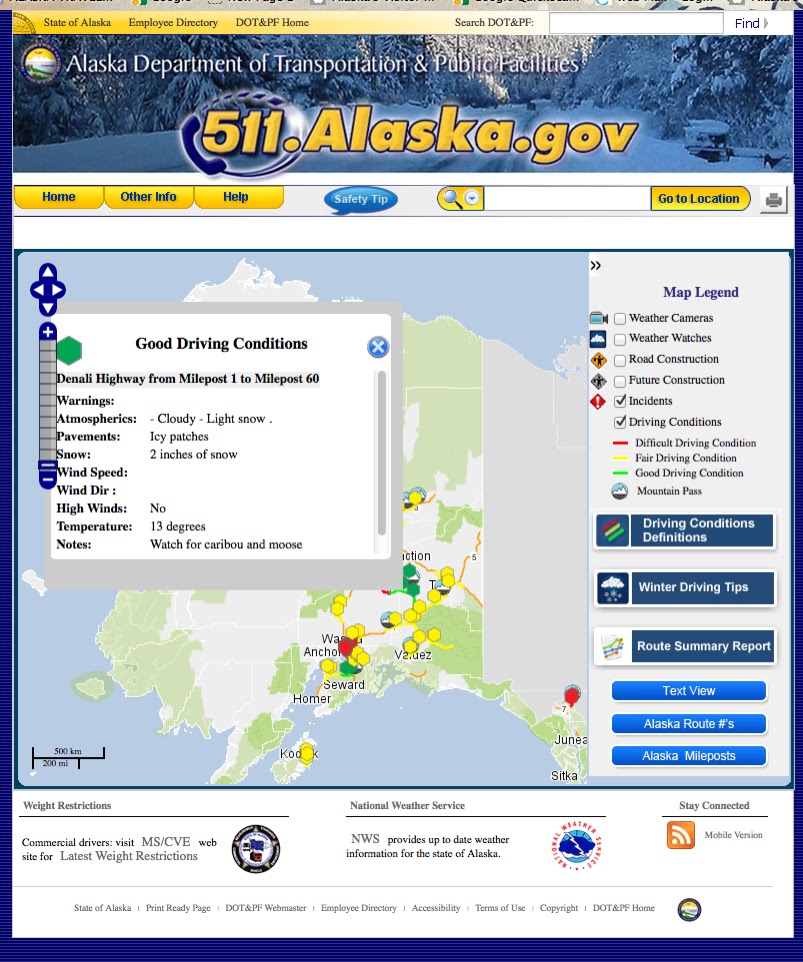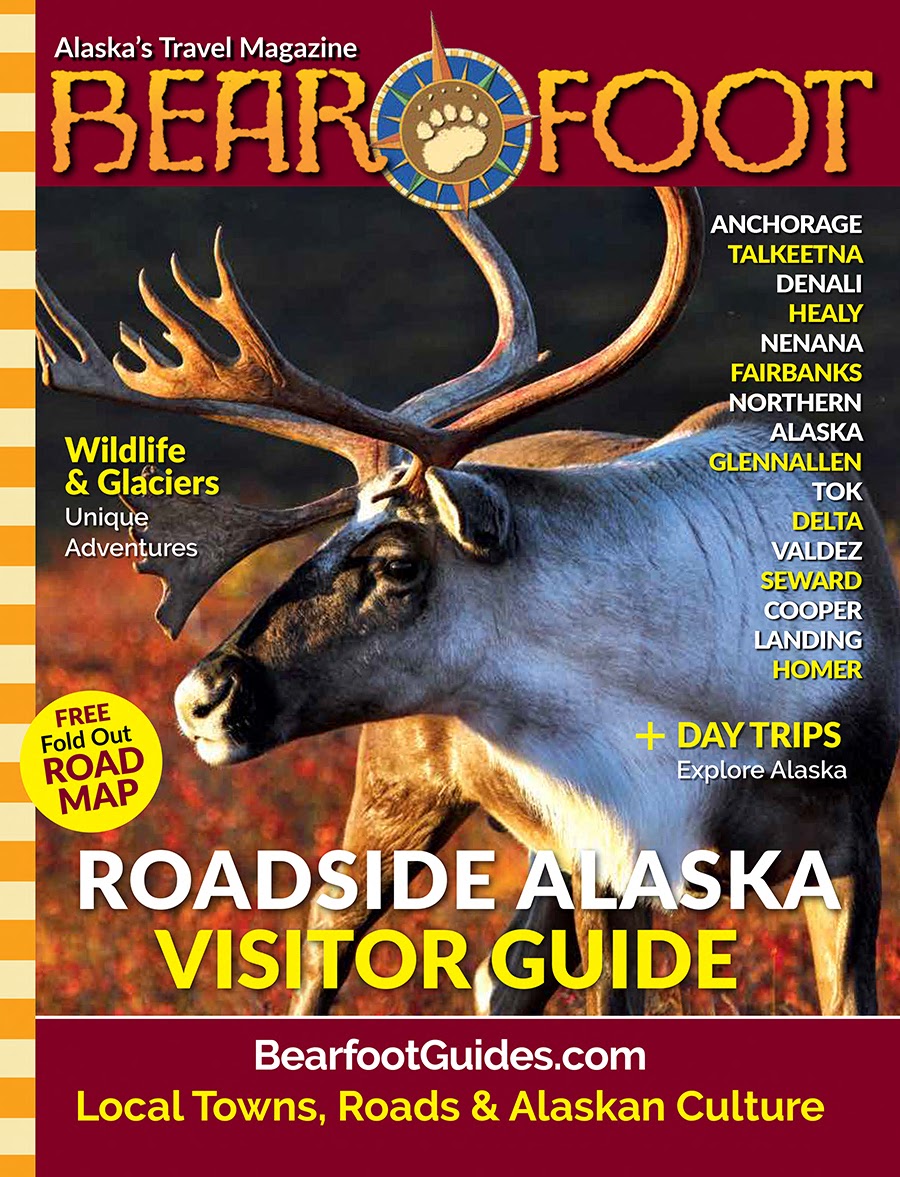Shrinking Ponds In The Copper Valley; Scientist Discusses Effect Of Warmer Temperatures
Roman Dial, Alaska Pacific University Scientist, Comments On Why Ponds Are Shrinking & Filling In Shrinking Pond North Of Glennallen O...
https://www.countryjournal2020.com/2022/09/shrinking-ponds-in-copper-valley.html
Roman Dial, Alaska Pacific University Scientist, Comments On Why Ponds Are Shrinking & Filling In
Ponds in the Copper River Valley and throughout Interior Alaska, including on the Parks Highway, are undergoing a change.
Some are turning into swampy ground. Others are filling in with vegetation from the sides.
The Journal asked Roman Dial, a professor of biology, what he thought about the phenomenon.
He wrote:
..my collaborators and students and I studied wetland drying on the Kenai and around Anchorage. What you describe is certainly an ongoing phenomenon, especially for shallow "closed-basin" ponds and lakes, those without an outlet.
Although, we haven't collected data on this for about 10 years, it seems reasonable to imagine that warming can affect these ponds and their plant growth in direct and indirect ways. Warming water can potentially directly increase plant growth and warming can have many other effects on the water itself.
The last few years have been very warm, leading to increased evaporation and so drying.
Also, warmer winters and deeper snows mean that the soils are not freezing as hard each winter so many of the areas that used to stay wetter longer in May and June because frozen ground (not permafrost, but early season frozen ground especially in mossy or marshy areas) thaws sooner and so the meltwater pools drain earlier, leaving more time for the growth, drying, and draining that you see.
Some ponds in the far north have had the permafrost below them thaw and then they drain. But in the Interior and possibly the Copper River basin, thawing permafrost can also lead to wet areas as the ground collapses and leaves a spot where water collects.
















